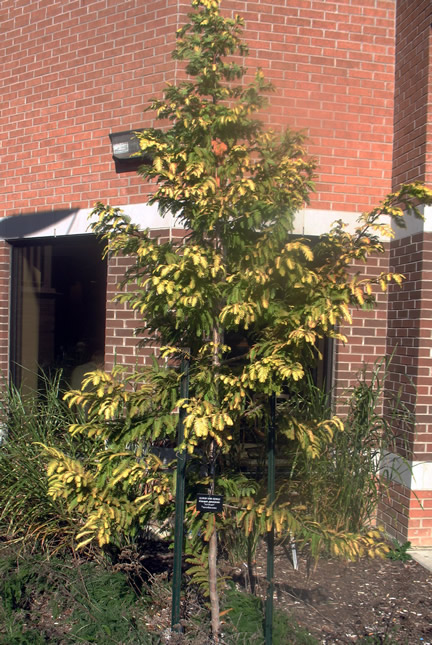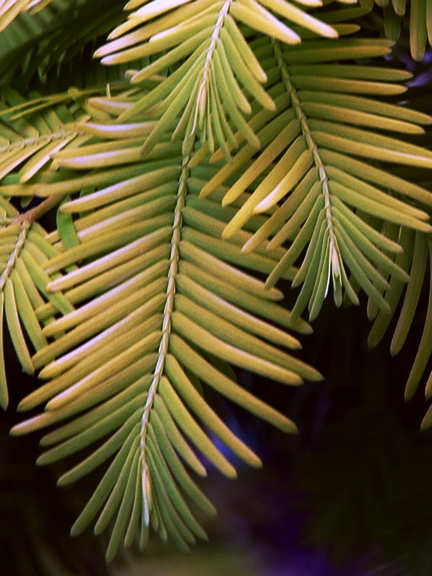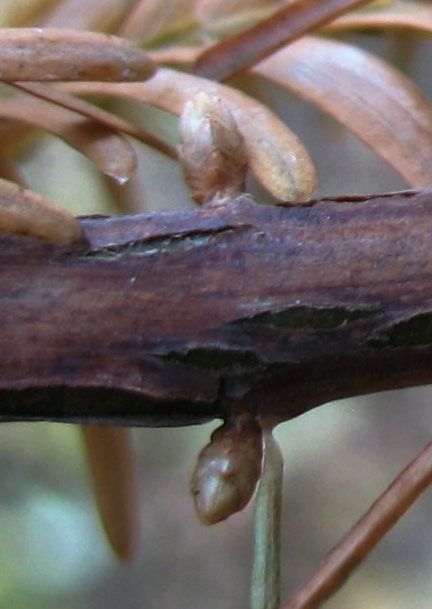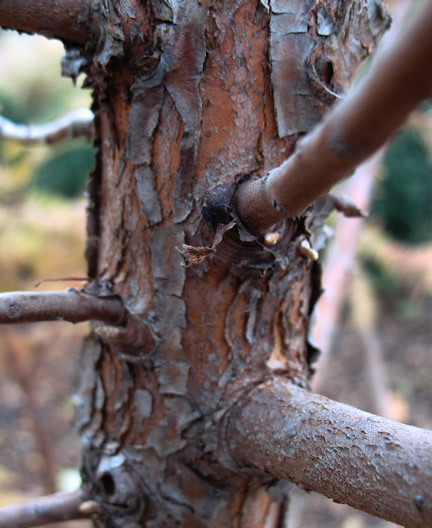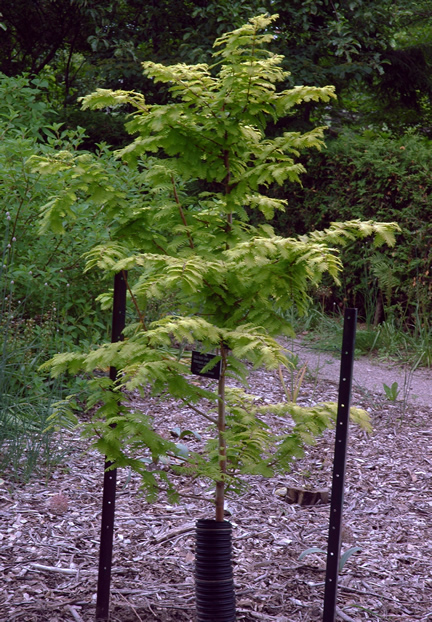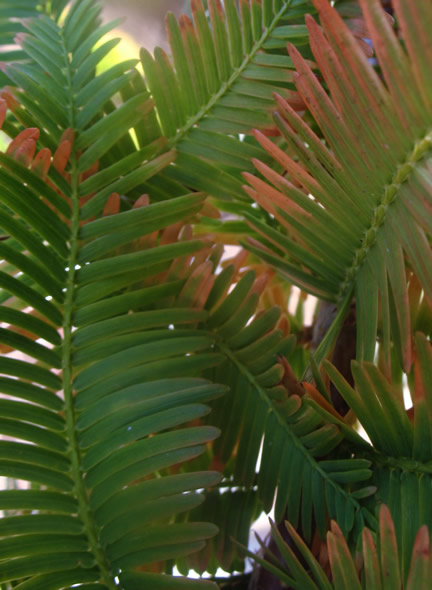| General Description | Fast growing, narrow, upright-pyramidal form. Foilage forms in early April, a light green turning a yellow in spring/summer. Tree can grow to 34 m and bears small cones. |
| ID Characteristic | A deciduous conifer that develops a strong central leader with 2 types of branchlets, persistent and deciduous. The persistent branchlets have small buds on the stem that carry the deciduous branchlets that are the golden needles. |
| Shape | Narrow, upright, pyramidal shape. with a central leader. |
| Landscape | Attractive colours and ornamental winter bark and stems. Ideal for adding shade or a wind barrier in large landscape areas. Center of attraction or outlining laneways, parks, golf coarses, river or lakesides, this is a spectacular species. |
| Propagation | Cuttings work well, take 20 cm long wood in February from parent stock.Cuttings will root well without the aid of hormones. Outdoor rooting can be done quite well. |
| Cultivation | Full sun but shield from the harsh winds. Enjoys moist, well drained soils that are slightly acidic. Does not fair well in harsh, dry conditions. |
| Pests | Relatively pest-free. |
| Notable Specimens | The Gardens of Fanshawe College, London Ontario, Canada. The A.M. Cuddy Gardens, Strathroy, Ontario, Canada. |
| Habitat | Horticultural origin. |
| Bark/Stem Description | Reddish brown bark on younger trees turning to a chocolate brown when mature. The trunk broadens at the base and develops attractive ridging as age sets in, the bark comes off in strips (exfoliating) with advanced maturity. |
| Flower/Leaf Bud Description | Opposite, solitary bud arrangement formed on deciduous branchlets, buds are 7 mm long and have yellowish brown bud scales. |
| Leaf Description | Greenish yellow needles emerge in early April, feather like, soft, flattened and arranged opposite, pectinately. 1.25 cm long and 2 mm wide on older trees, they are narrow grooved and mid-veined. |
| Flower Description | Small flowers bloom among the foliage in early spring. The female blossom turn into a small round cone that is light blue then brown in colour. Tree starts flowering at about 20 years of age or at about 19 m in height. |
| Fruit Description | 2-3.5 cm long and about 2 cm wide, ovulate cones attached on long, bare stems. The tree is monoecious, producing light brown female cones and hanging round male cones. Mature cones have 3-16 woody/leathery cone scales. |
| Colour Description | Green-yellow needles in early spring turning to golden yellow in summer while the autumn the foliage turns brown-orange. |
| Texture Description | Fine in spring/summer, less fine in winter. |
